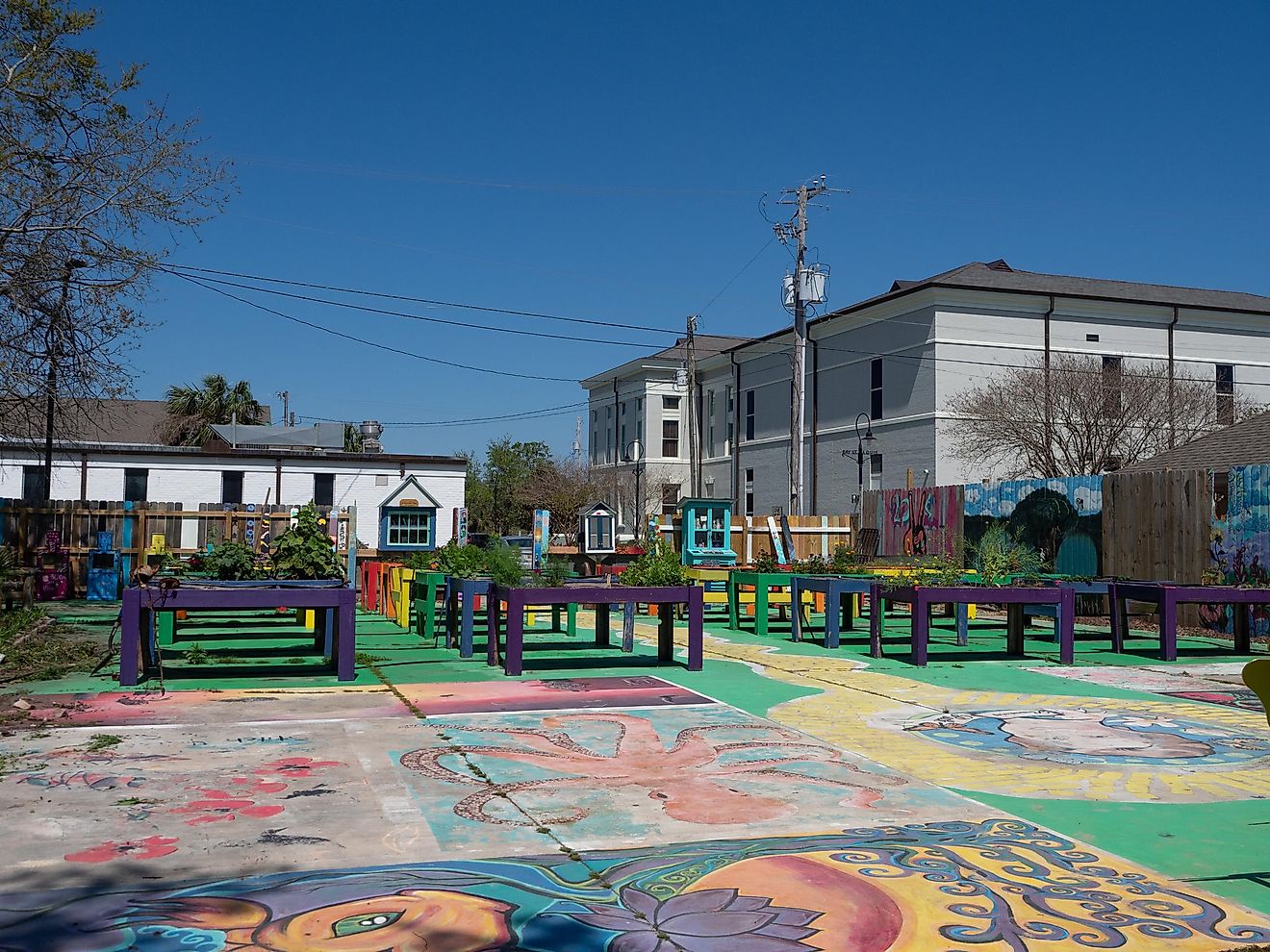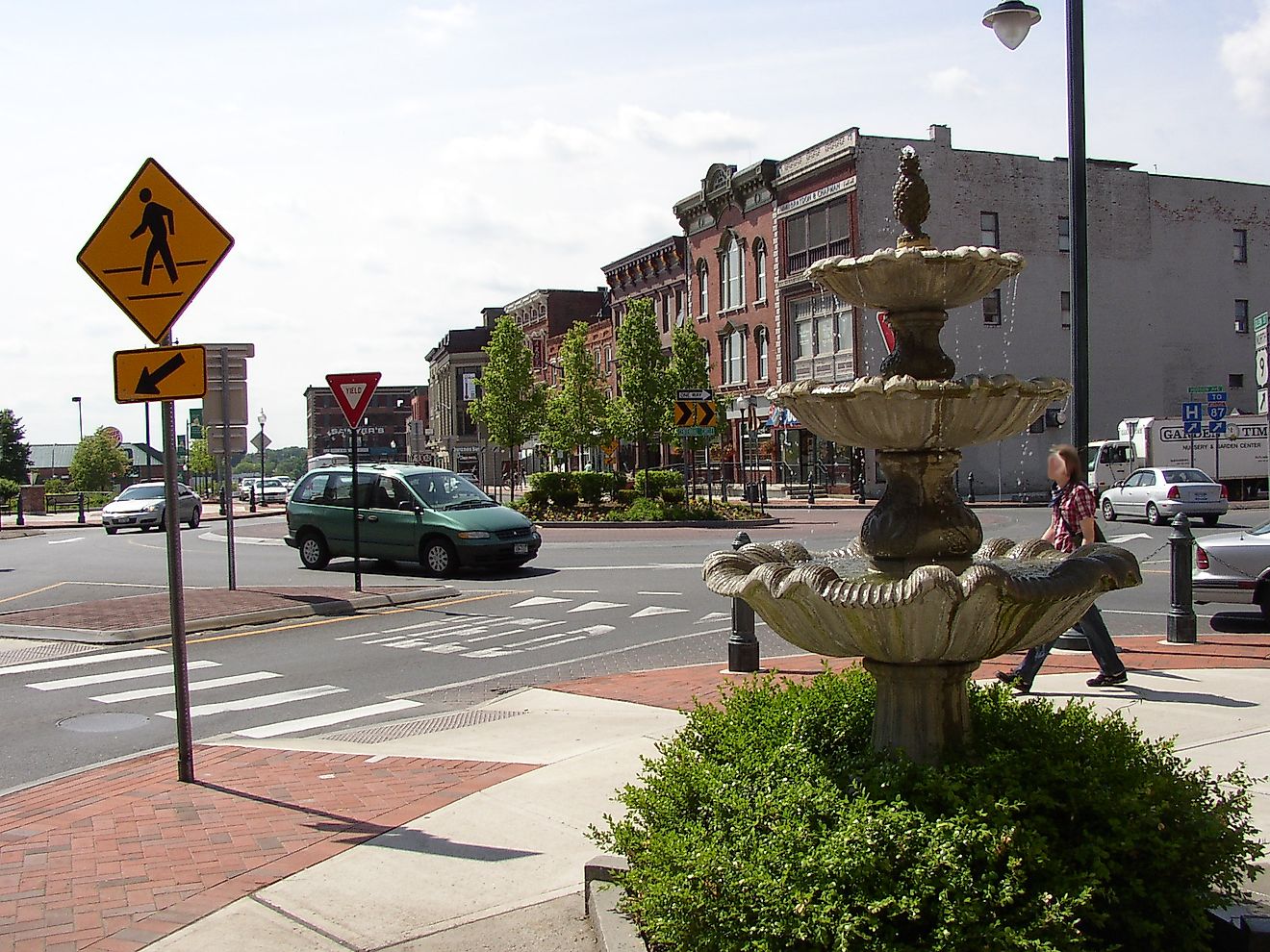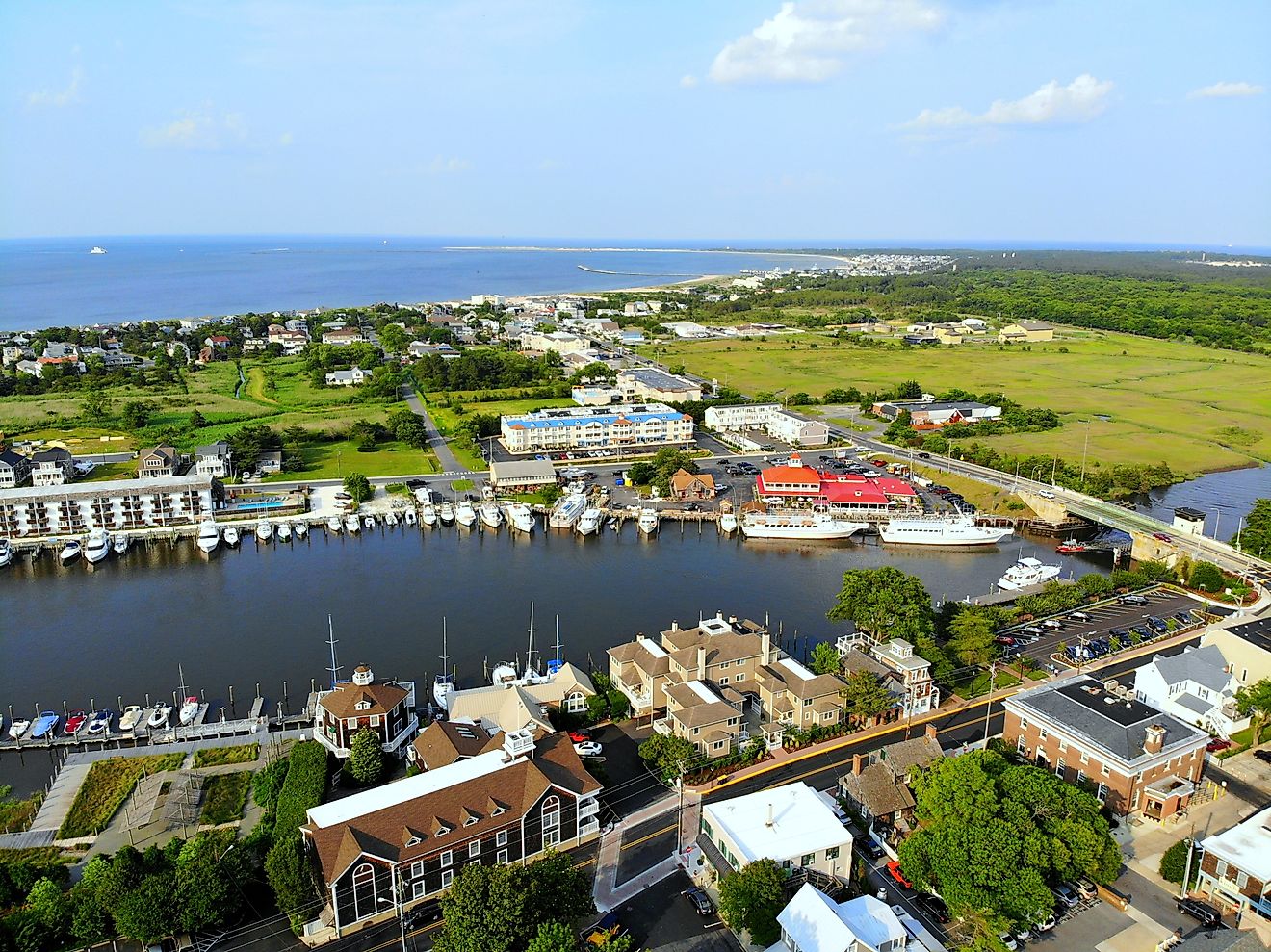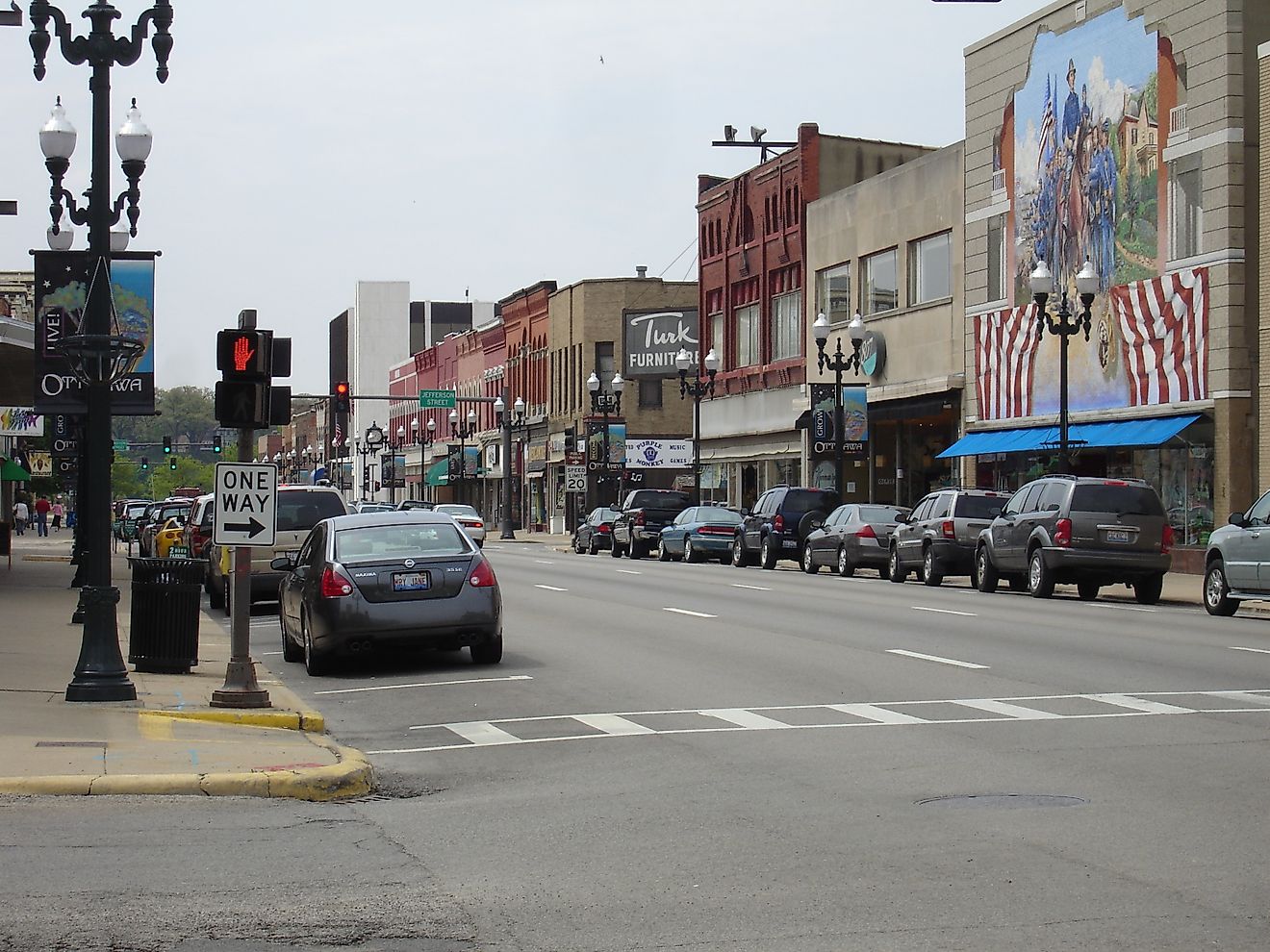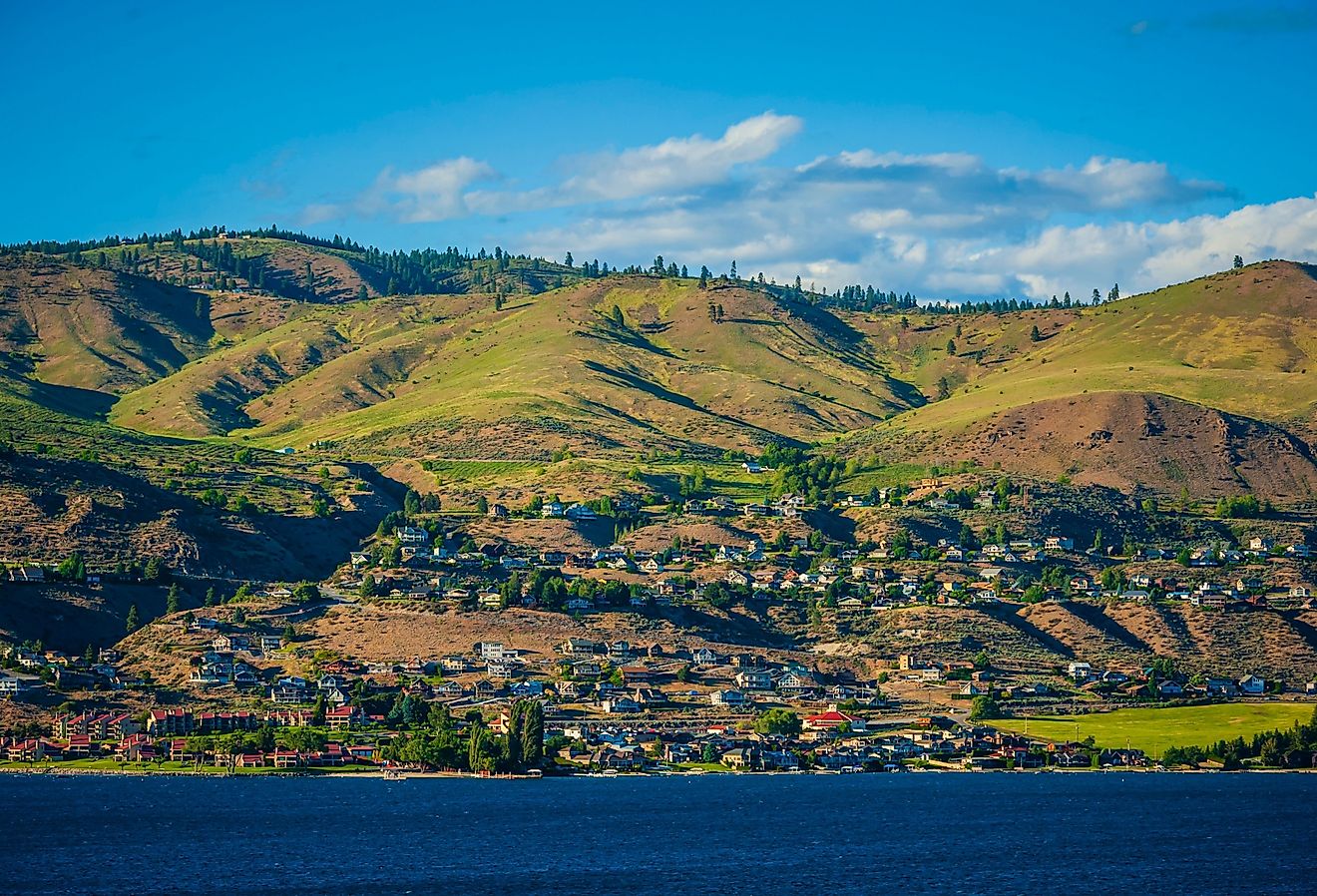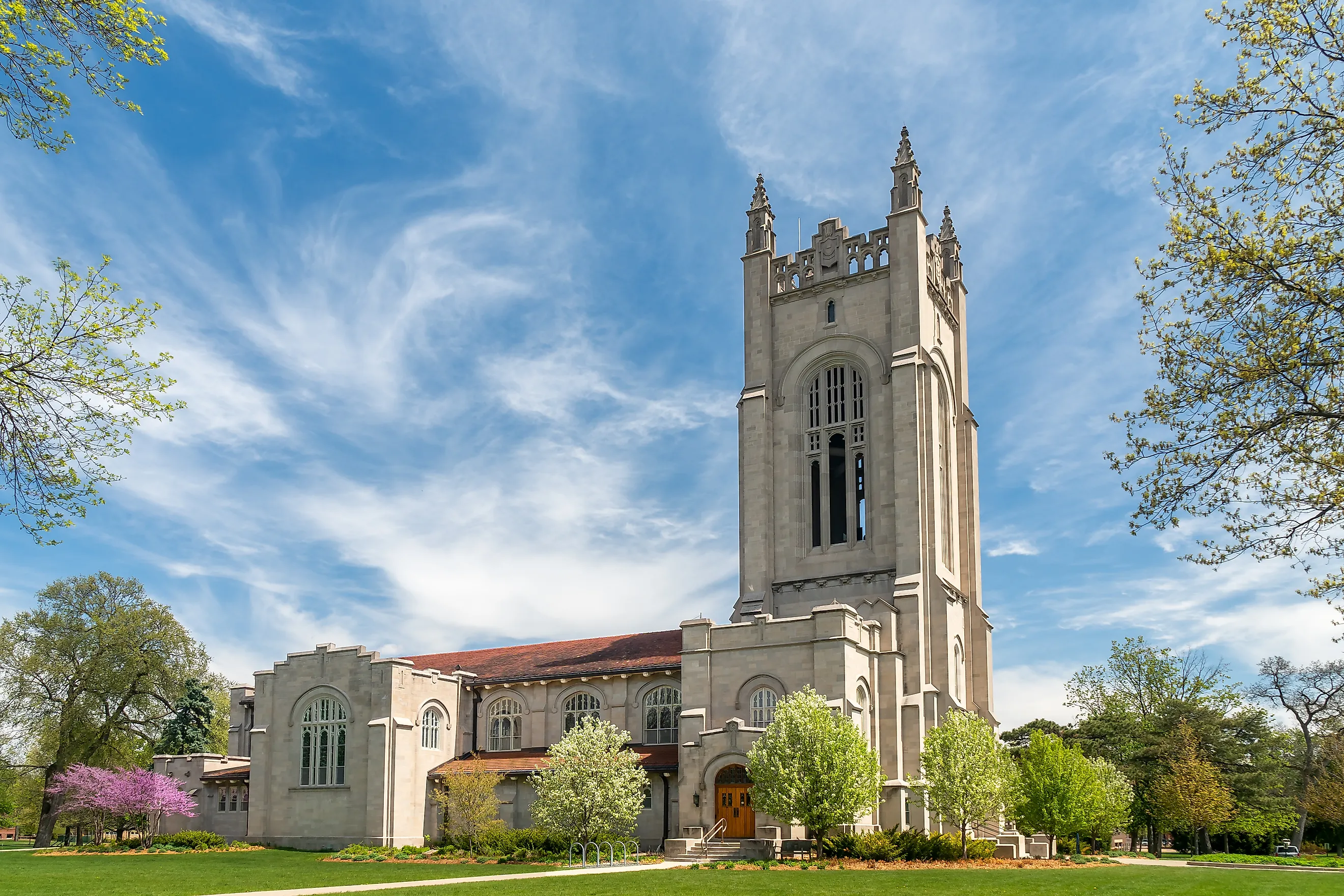
8 Minnesota Towns That Echo The Past
Traveling to places to simply lounge and relax in an ideal climate is great, but sometimes you want to explore locations that offer a journey of historical variety. Minnesota’s small towns are bursting with landmarks and stories that will transport you back in time. The 32nd state, Minnesota, is a north-central state, bounded by the Canadian provinces of Ontario and Manitoba to the north and by the state of Iowa to the south. It is full of breathtaking woodlands and prairies, and home to numerous lakes, earning it the nickname, the Land of 10,000 Lakes. While Minnesota officially became a state in the mid-1800s and is not one of the oldest in the US, these eight towns are rich in history, waiting for you to explore.
Winona
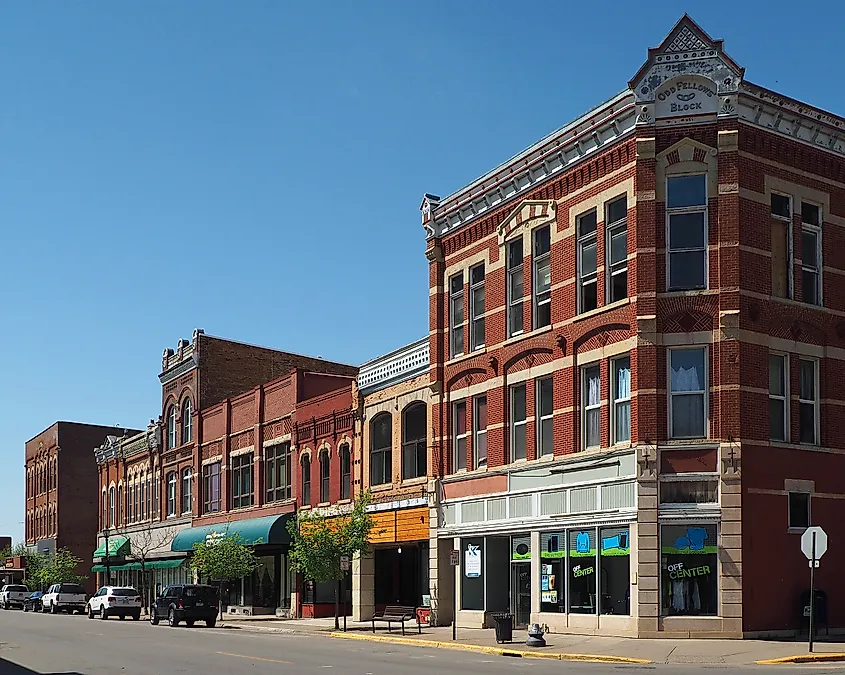
In the Hiawatha Valley on the Mississippi River is the charming small town of Winona, Minnesota. The county seat of Winona County, Winona is backed by high bluffs in a diverse farming area. With over 170 years of history, it is packed with fun things to do, such as hiking through historical natural areas, viewing Victorian-era homes, and checking out unique museums. Sugar Loaf Bluff is a good place to start for an elevated adventure. Nearly 85 feet tall, the distinguishing landmark is the result of quarrying in the late 1800s. In the area, visitors can also trek hiking trails and enjoy rock climbing.
Back in town, peruse Victorian-era homes via a stroll through the Windom Park District. Many of the houses are listed on the National Register of Historic Places. The city block also features perennial gardens, a historic sculptural fountain of Princess Wenonah, and a gazebo. One of the more unique places to visit in Winona is the Watkins Museum and Store. Cooks and bakers alike may find the name Watkins familiar, and for good reason; Watkins’ spices and extracts have been around for over 150 years. The museum offers free admission to learn all about the company’s story, and the connecting shop carries more than 350 Watkins products. Learn even more about Winona’s history at the Winona County History Center. The large museum houses three floors of exhibits, archives, workshops, and more.
New Ulm
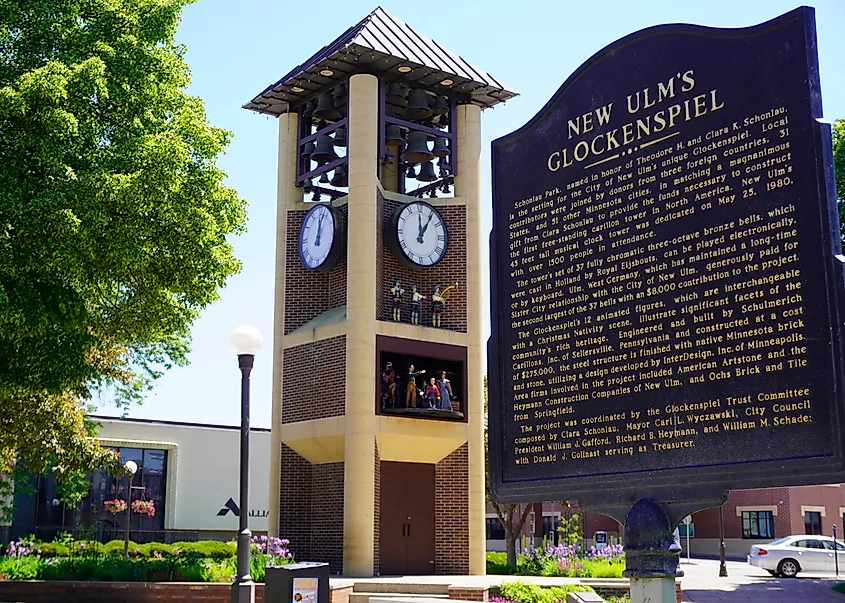
Discover German history in New Ulm, Minnesota. When the town of New Ulm was first settled in 1854 by German immigrants, residents used a stately oak tree as a reference point for the town’s streets, blocks, and alleys. The original tree still stands to this day, but to commemorate the city, they built the Heritage Tree. Reminiscent of similar trees in German towns, the Heritage Tree features different stages of the town’s history through the years.
While in town, you can dine at the oldest bar in the state, The Rathskeller at Turner Hall, which serves a unique menu, with options like the Bavarian Pretzel to start and the Oktoberfest Brat as an entree. Along the walls, you can see murals painted in 1873 and restored at the turn of the 21st century. You can also tour one of New Ulm’s most notable houses, the John Lind House, built in 1887. Constructed in a Queen Anne style, the home was once the home of the 14th Governor of Minnesota, John Lind, and features stunning woodwork, large paintings, and an old piano.
Stillwater

Founded in 1843, Stillwater, Minnesota, is a small town bursting with charm. Some of the historic sites in Stillwater worth adding to your itinerary include a Queen Anne-style home, a Greek-Mediterranean restaurant, and a mid-1800s cemetery. The Albert and Helen Lammers House is a stunning example of late 1800s architecture. The home, constructed in 1893, features an elaborate entry portico, a carved sleeping porch, turrets, detailed woodworking on the gables, and distinctive roofline ornamentation.
Enjoying a nice meal in a fascinating setting is one of the best ways to immerse yourself in a town’s history, and Phil’s Tara Hideaway offers meals boasting Greek-Mediterranean flavors and a setting within a log cabin that is nearly 100 years old. The building was erected in 1929 but burned down shortly after. Reconstructed in 1931, the cabin comes with a lot of lore, including gangster ties and whispers of bootlegging, but its real claim to fame is the quality of the food and service. While you're out for a stroll, take a wander through the Boutwell Family Cemetery. The small cemetery sits in what is now a park, and the oldest grave dates back to 1851.
Lindström

Find a little piece of Sweden in Lindström, Minnesota. Located northeast of the Twin Cities, Minneapolis and Minneapolis-Saint Paul, Lindström was settled in 1853 by mostly Swedish settlers and a few Norwegians, and its Swedish culture can be seen throughout the town's restaurants, parks, and monuments. Dive into the history of Lindström by grabbing a bite from Gustaf’s Eatery, a local favorite serving delicious breakfast, brunch, and lunch options. The historic house was built in 1879 by Gustaf Andeson, and showcases an Italianate brick exterior and a Victorian high style interior.
Discover the natural beauty of Lindström at Allemansrätt Park. The Swedish Heritage Park and 125 acres of wilderness are a great way to spend an afternoon canoeing, kayaking, walking, running, or skiing. Also, the area includes a 1853 homestead and a 1890s historical house kiosk, where you can learn more about the park. Over at Kaffe Kanna Park, you'll find one of the most striking and adorable monuments in Lindström, the Coffee Pot Water Tower. In the early 1900s, it was the town’s functioning water tower, but in 1992, Lindström built a new one but kept the original in honor of the town's heritage.
Ely

The small town of Ely, Minnesota, invites visitors to travel back in time. Originally named Florence, Ely was settled in the 1880s and renamed after Samuel Ely, a Michigan miner. The town offers a mix of indoor and outdoor history, with options such as intriguing museums and lava rock formations to discover. The Dorothy Molter Museum appears to be three small log cabins on the outside, but they are bursting with history on the inside. The seasonal museum is a memorial dedicated to legendary resident Dorothy Molter, known as the Root Beer Lady. Visitors can learn about the Northwoods wilderness heritage, root beer making, the history of the Boundary Waters, and traveling to the Isle of Pines.
Another museum in Ely worth checking out is the Ely-Winton Historical Society and Museum, a place where you can discover the area's history through well-preserved artifacts, including documents and photographs. Alternatively, find a unique piece of history at Pillow Rock. Experts believe the lava rock is approximately 2.7 billion years old and is one of the few specimens of its kind in the world. Meanwhile, at the Pioneer Mine Historical Site, tours take guests on an educational journey through the shaft house facilities of an underground mine that closed in the 1960s.
Red Wing

A blend of unique historical attractions awaits in Red Wing, Minnesota. Situated near Lake Pepin, Red Wing lies on the Mississippi River, southeast of St. Paul. The small town, founded around 1850 by farmers and traders, was named after Indian Chief Hupahuduta, whose name means "Wing of the Wild Swan Dyed Red." One of the most stunning natural features in Red Wing is the He Mni Can/Barn Bluff Regional Park. The bluff is a gorgeous place for hiking and is historically significant due to its association with prehistoric and Native American people. At the northeast end of the park, you can visit the G.A. Carlson Lime Kiln, built in 1882. The kiln transformed raw limestone from the He Mni Can/Barn Bluff area into commercial lime and other materials used to build walls, basements, and other structures for the town.
You can also discover unique pottery exhibits at the Pottery Museum of Red Wing, which showcases the craftsmanship of a bygone era when high-quality pottery was considered a rarity. Some of the displays feature dinnerware and stoneware. Step into the past at the Red Wing Shoe Company Museum, home of the world's largest boot. Part shop and part museum, the building is a one-of-a-kind experience, offering self-guided tours, a bargain basement, and a Norman Rockwell art gallery.
Lanesboro

Lanesboro, Minnesota, is a small town big on history. Here, you can visit one of the only six remaining gravity-arch dams in the US, the Historic Stone Dam. Since 1868, the dam has significantly influenced the town's history. Here, you can witness the Root River spill over limestone blocks that were put in place over 150 years ago. The area is also a great place for camping and fly fishing activities. Travelers to Lanesboro with a wide array of interests or those traveling with a diverse group can find a variety of things to learn about at the Lanesboro History Museum. Exhibits at the museum include music, toys, arts and crafts, textiles and fashion, community events, business memorabilia, military artifacts, churches, and much more.
Decades ago, telephone booths were everywhere, but they are no longer a common fixture; however, the Lanesboro Storytelling Telephone Booth pays homage to the telephone booth, but with a twist; instead of making phone calls, visitors can dial a number and listen to and share their stories. Then, when others visit the booth, they can listen to the rotating stories told by visitors who have come before them.
Northfield
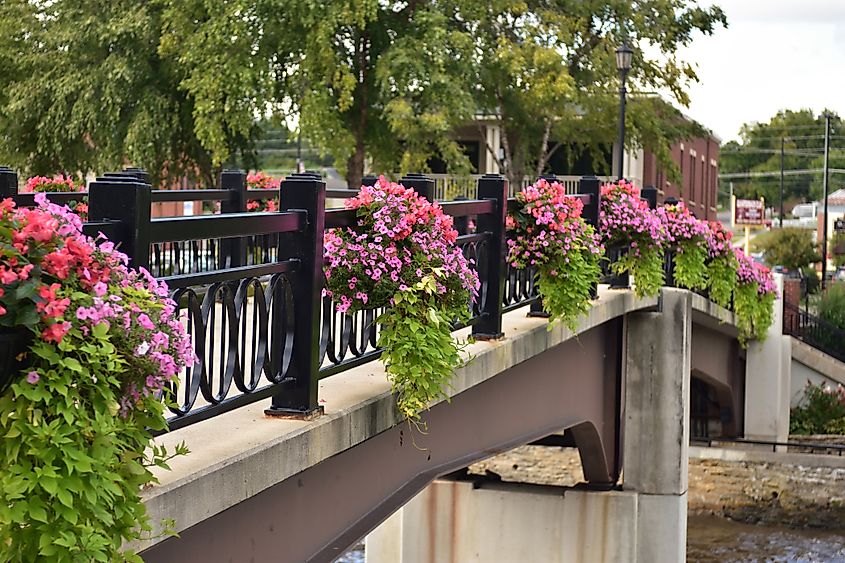
Explore the stunning historical architecture in Northfield, a small town situated along the Cannon River. Northfield's early economy depended on flour milling and dairy farming. At 170 years old, the town has a lot of history to share. Begin by exploring Northfield's past at the Northfield History Center, housed in the historic bank building that the James and Younger Gang attempted to raid in 1876.
Another example of picturesque architecture is Carleton College. Founded in 1866, the college's architecture is a blend of various styles, including Collegiate Gothic, Romanesque, and Modern. Additionally, a beautiful arboretum is situated on the grounds and is open to the public at no charge. Meanwhile, the Waterford Bridge is a different example of historical architecture in Northfield. Constructed in 1909, the bridge overlooks the Cannon River and is one of the earliest extant bridges with rigid connections in Minnesota.
In Minnesota, there is a little bit of everything for every type of history lover, from typical comprehensive museums like the Dorothy Molter Museum in Ely and the Northfield History Center in Northfield to Winona’s Watkins Museum and Store, the Red Wing Shoe Museum, and Lanesboro’s unique Storytelling Telephone Booth. Some of the towns in Minnesota can even transport you to another country entirely. German influence is deeply rooted in New Ulm, and Swedish heritage is woven throughout Lindström. History can be explored via food, too, in places like Phil’s Tara Hideaway in Stillwater. No matter what type of aficionado you are, Minnesota’s small towns have something for you.
